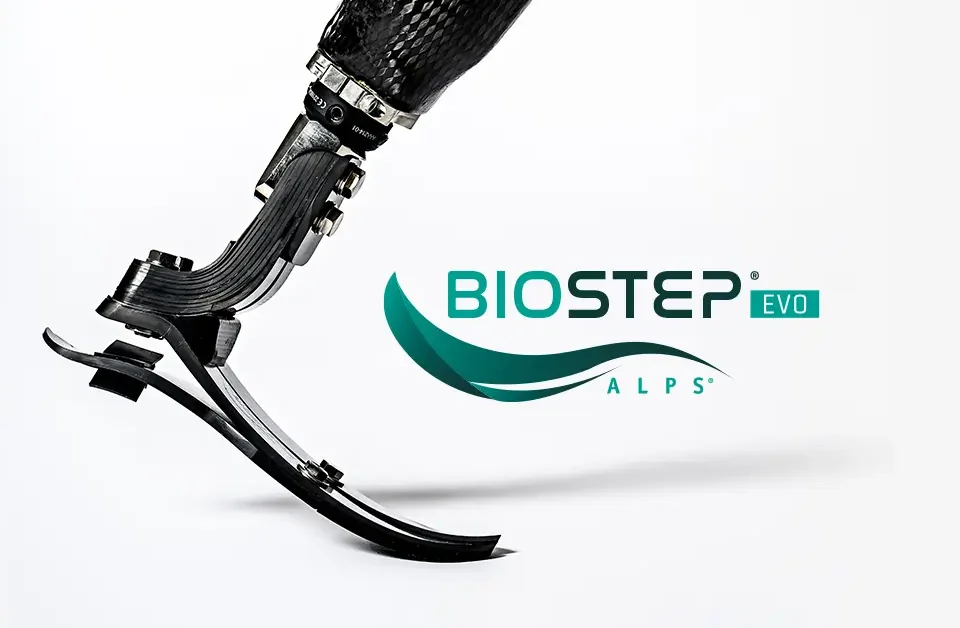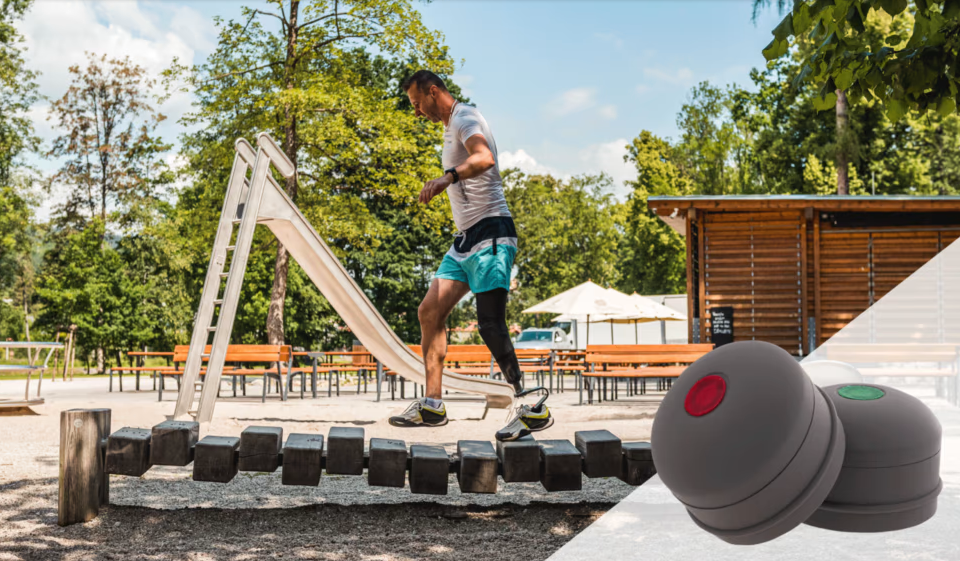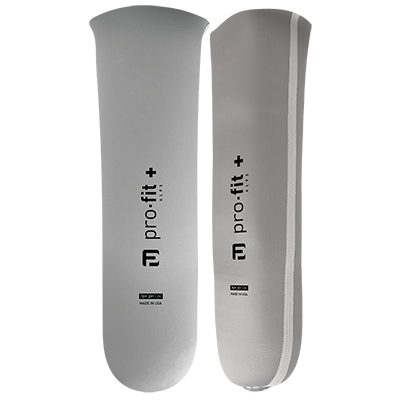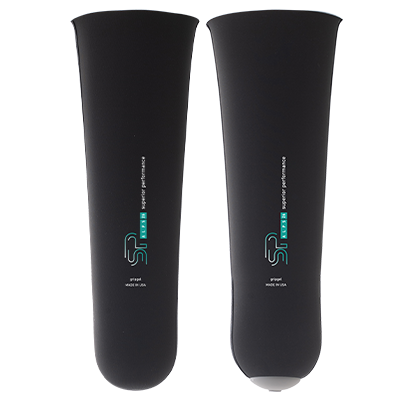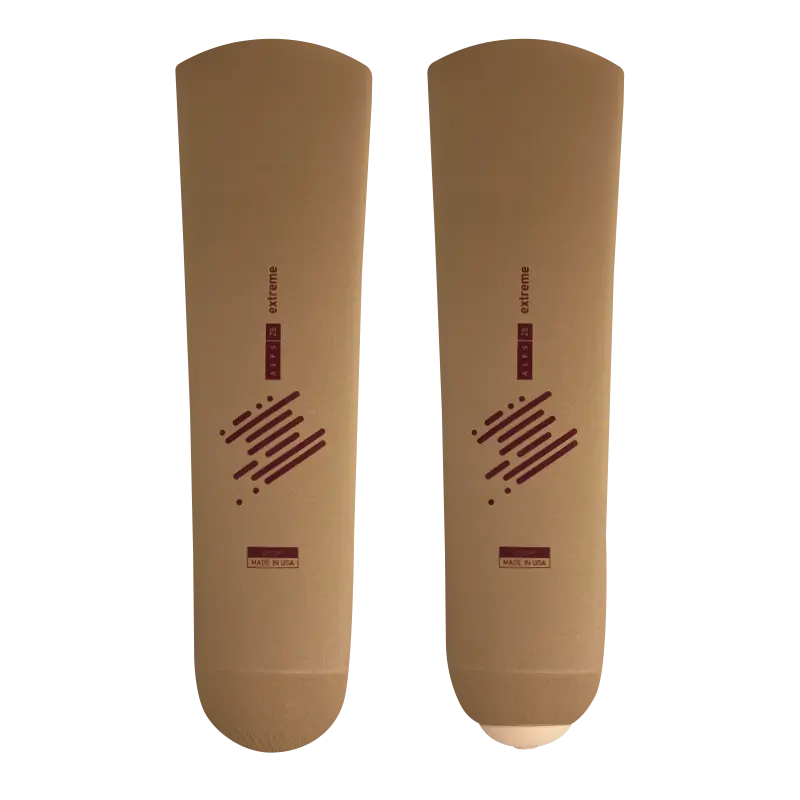ALPS® Gel Technology
ALPS® gel is a highly elastic material characterized by its remarkable capacity to absorb friction and shear forces.
Integrating this material into ALPS® products has been fundamental in allowing us to produce prosthetic leg liners that can guarantee:
- The greatest possible comfort
- Perfect wearability
- A wide range of models to choose from, assuring patients access to the best liner to suit their individual needs
- The durability that only a high-quality product can provide
- The security to be able to move around safely
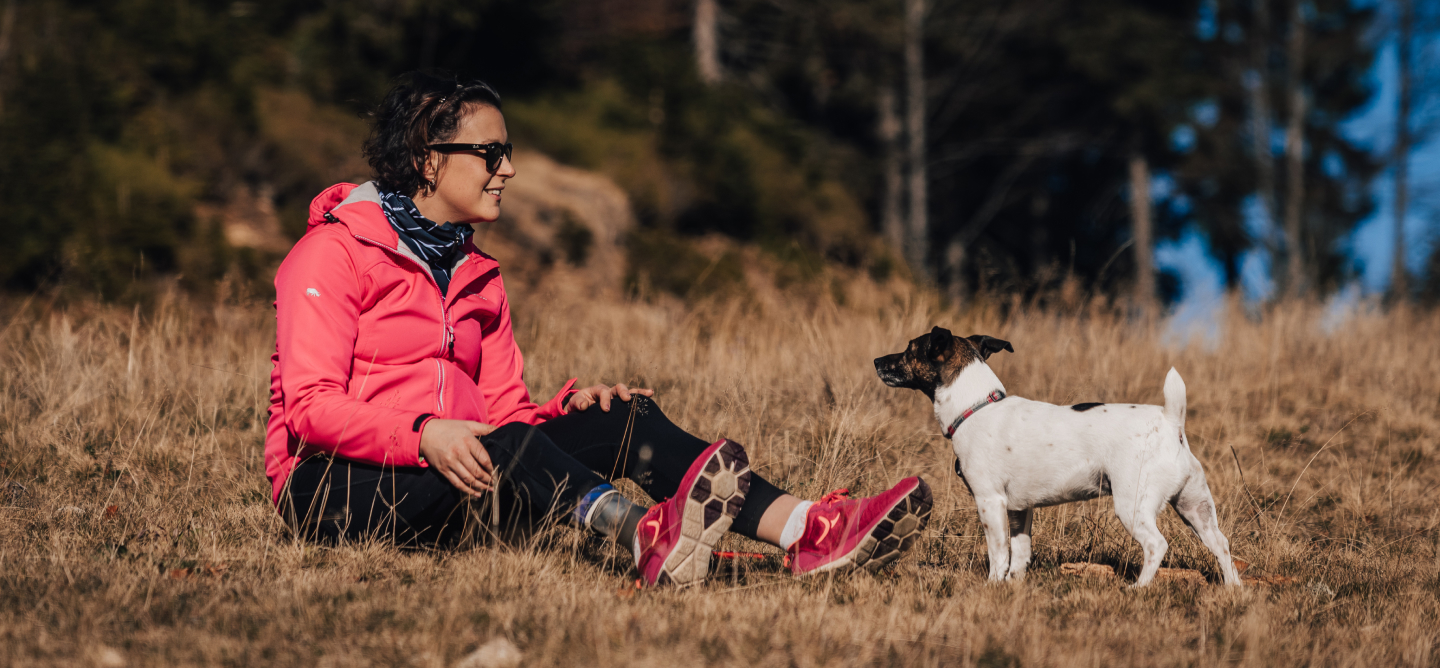
Lower limb prosthetic liners: the importance of the technology of the materials.
Prosthetic liners and sleeves provide the interface between the amputee's residual limb and the socket, one of the many elements that make up a prosthetic leg: they aim to provide the user with consistent and reliable comfort, control and stability.
As liners and sleeves are in direct contact with the skin of the residual limb, they act as a second skin for the amputee. Therefore, their material must be gentle and skin-friendly to avoid irritating the skin and minimize any issues related to amputation and the need to wear a prosthetic device.
ALPS' expertise in the field of chemistry and our position as a leading manufacturer of advanced gel-based medical devices have led to the development of a wide range of prosthetic liners and sleeves over the years, characterized by an innovative and unique product: our patented gel.

EasyGel

GripGel

HD Gel

OptiGel
The science behind ALPS® gel
ALPS® Gel is a thermoplastic elastomer (TPE) that offers an optimum level of protection against shear forces and other stresses, guaranteeing the perfect combination of control and uniform distribution of pressure within the socket thanks to its characteristic low modulus of elasticity.
This means that ALPS® Gels are more elastic and deform more easily under compression than silicone.
At 40 psi, our Gel stretches to about 14 times, or 1400%, of its original length.
Silicone, instead, only extends about 3 times, or 300% of its original length at 40 psi.
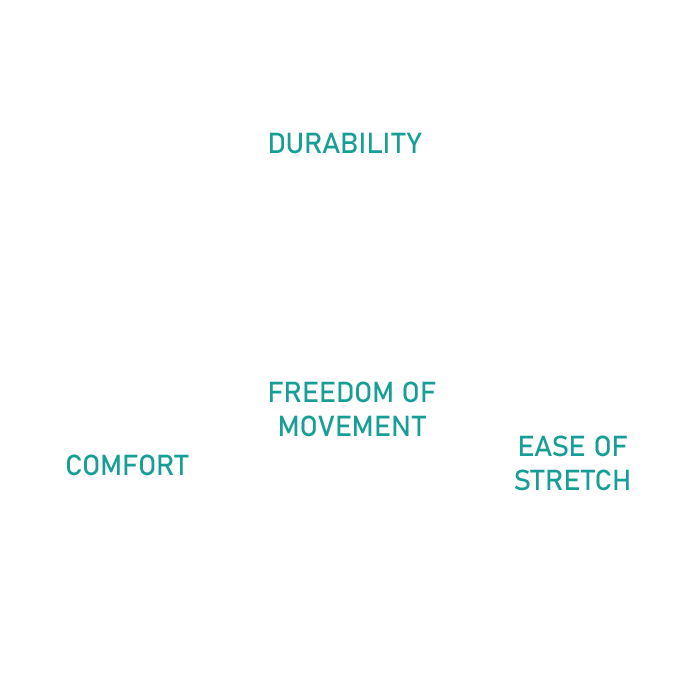
ALPS® Gel vs. Silicone
ALPS® Gel is far more flexible and resistant compared to silicone and other thermoplastic gels used in the lower limb prosthetic liner industry. ALPS® Gel offers up to six times the elasticity of other thermoplastic (TPE) gels on the market, as was shown in a test measuring both the elasticity of the material and designed to discover how much stress it took to damage it.
While the low modulus of elasticity, or ease of stretch, is a beneficial property for all users of prosthetic legs, it is particularly indicated for dysvascular patients. The Gel conforms to the point where pressure is applied without restricting blood flow while providing compression and stability. At the same time, it grants extended durability to both liners and sleeves.
This important mechanical property allows ALPS® Gel to guarantee prosthetic leg wearers the comfort, durability, control, and safety they need to grant them mobility and freedom of movement.
Four types of gel to serve the mobility needs of prosthetic leg wearers.
ALPS makes four types of gels to meet the needs of every prosthetic leg user whose requirements vary based on their clinical condition and lifestyle: EasyGel, HD Gel, GripGel, and OptiGel. The full range of ALPS Gels means that each patient can find their own unique, perfect comfort.

EasyGel
EasyGel was the first kind of gel developed by ALPS. It is characterized by its soft, powdery texture.
- It is rich in antioxidants that are an effective scavenger of free radicals and hydroxyl groups
- Best for use on amputees with adherent scar tissue, skin irritations, sensitive skin, and diabetics

High-Density Gel
Dense, firm texture.
- Relatively firm nature of the HD Gel combines comfort with control and stability.
- Best for use on highly active patients or those who are transitioning from a silicone liner to a gel liner.

GripGel
Smooth, tacky texture.
- Tackiness helps in reducing bunching in the popliteal area.
- Best for use on amputees with healthy skin tissue.

OptiGel
Soft, smooth texture.
- Offers the comfort of EasyGel and the durability of HD Gel.
- It's softer than other gels, making it easier to reach nooks and crannies to ensure excellent adaptation to the residual limb.

